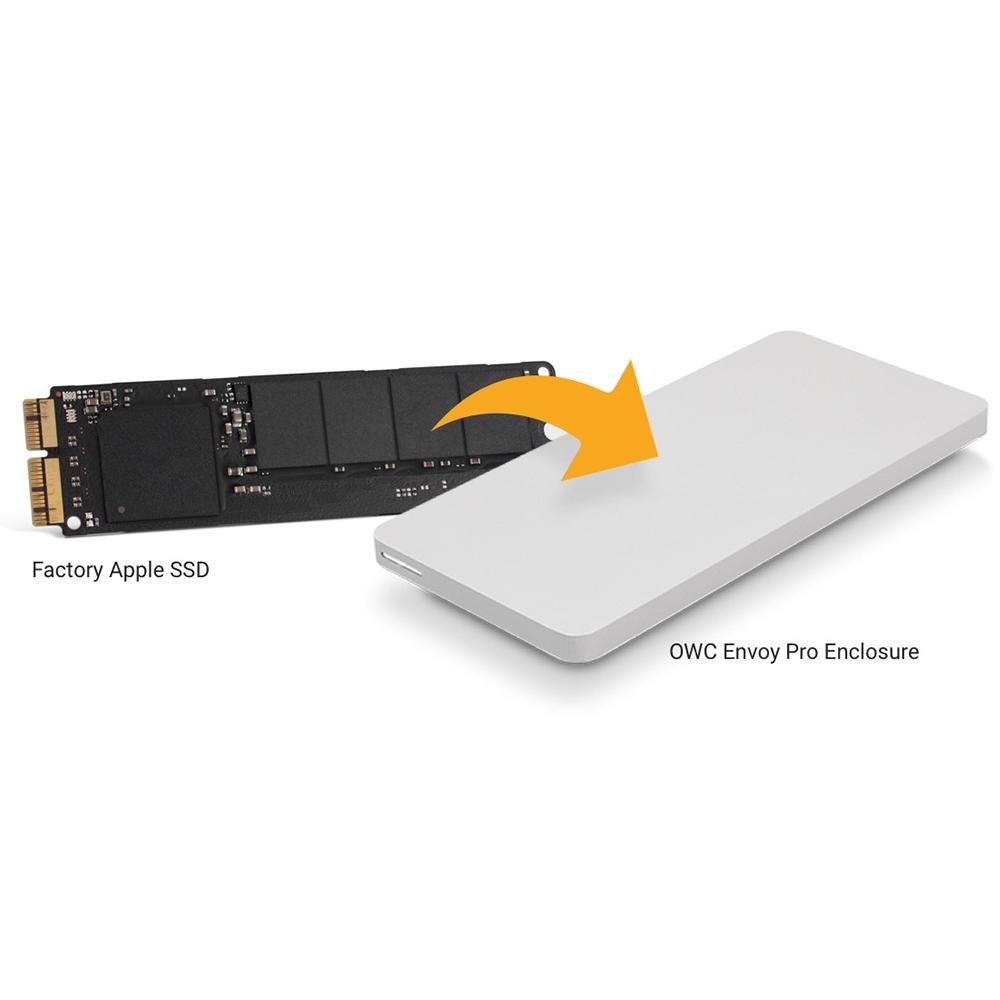
Aside from the move to Thunderbolt 2 from regular, old Thunderbolt, this is the same selection of ports as on last year's model.
#SSD MACBOOK PRO LATE 2013 PRO#
Step up to the Pro and you'll get two USB 3.0 ports, along with a full-sized HDMI socket, SDXC card reader, a headphone jack, dual Thunderbolt 2 ports and a MagSafe 2 connector.

But listen carefully because this trade-off is ultimately going to decide your purchasing decision: Given that these two machines cost about the same and each deliver long battery life, you're only going to pick the heavier one if you need the spectacular graphics performance. We know, we know: This all sounds dreadfully obvious. At the same time, it's still noticeably heavier than the Air, both in a backpack and in the hand. The build quality is also just as sturdy as you'd expect from a Mac.

All told, the new Pro is light enough that I was easily able to tote it around in my pack for a weekend without any strain. Still, it's a clear improvement over last year's model, which weighed 3.57 pounds. Well, not a fatso, but it is noticeably heavier at 3.46 pounds, compared with 2.96 for the Air. And that's more of a cosmetic flourish than anything else it's not like the MBP is a fatso or anything.

Really, if you were to stack them one on top of the other, you'd only be able to tell the difference because of the Air's signature wedge shape. That puts it within spitting distance of the 13-inch Air, which measures 0.68 inch at its widest point. It measures 0.71 inch thick, down from 0.75 inch on last year's model. To be honest, you still wouldn't, but on the continuum that separates the Air and MacBook Pro, the 13-inch Retina model is starting to look more and more like an Ultrabook. They were deliciously thin, yes - especially compared to the legacy models - but you would never have mistaken the 13-inch one for an Air. The first generation of Retina display Macs lived in the cracks between the MacBook Air and the old MBPs. So does that mean the 13-inch Retina display MacBook Pro offers better value than it did then? More importantly, with a lower price, lighter design and a claimed 10 hours of battery life, is it starting to veer into MacBook Air territory? And, in the case of the 13-inch model, it's cheaper too: The starting price is now $1,299, versus $1,699 a year ago.

Sounds like a simple sales pitch: They're thinner, lighter and speedier. Meanwhile, Apple moved to PCI Express SSDs for much-improved transfer rates, and upgraded the wireless card to 802.11ac for faster streaming. This time around, as you'd expect, Apple used Haswell processors, though it also went with Intel's brand-new Iris and Iris Pro chipsets, which haven't actually been used in that many notebooks yet. That doesn't mean this isn't a meaningful upgrade. There wasn't a lot to say - at least not after a few minutes of hands-on time. In particular, the MacBook Pros sort of flew under the radar that day, mostly because they look more or less like last year's models, just with slightly thinner chassis.
#SSD MACBOOK PRO LATE 2013 MAC#
But it also used the 80-minute news conference to refresh its Mac lineup, announcing a new Mac Pro desktop and some slimmed-down MacBook Pros, all running Apple's brand-new operating system, OS X 10.9 Mavericks. When Apple held its last big keynote, it unveiled some new iPads, just like we knew it would.


 0 kommentar(er)
0 kommentar(er)
